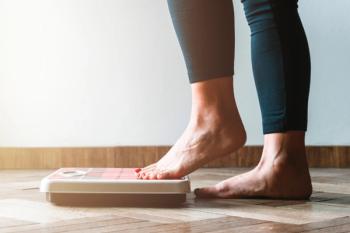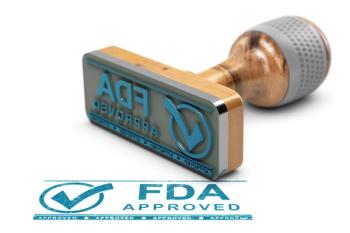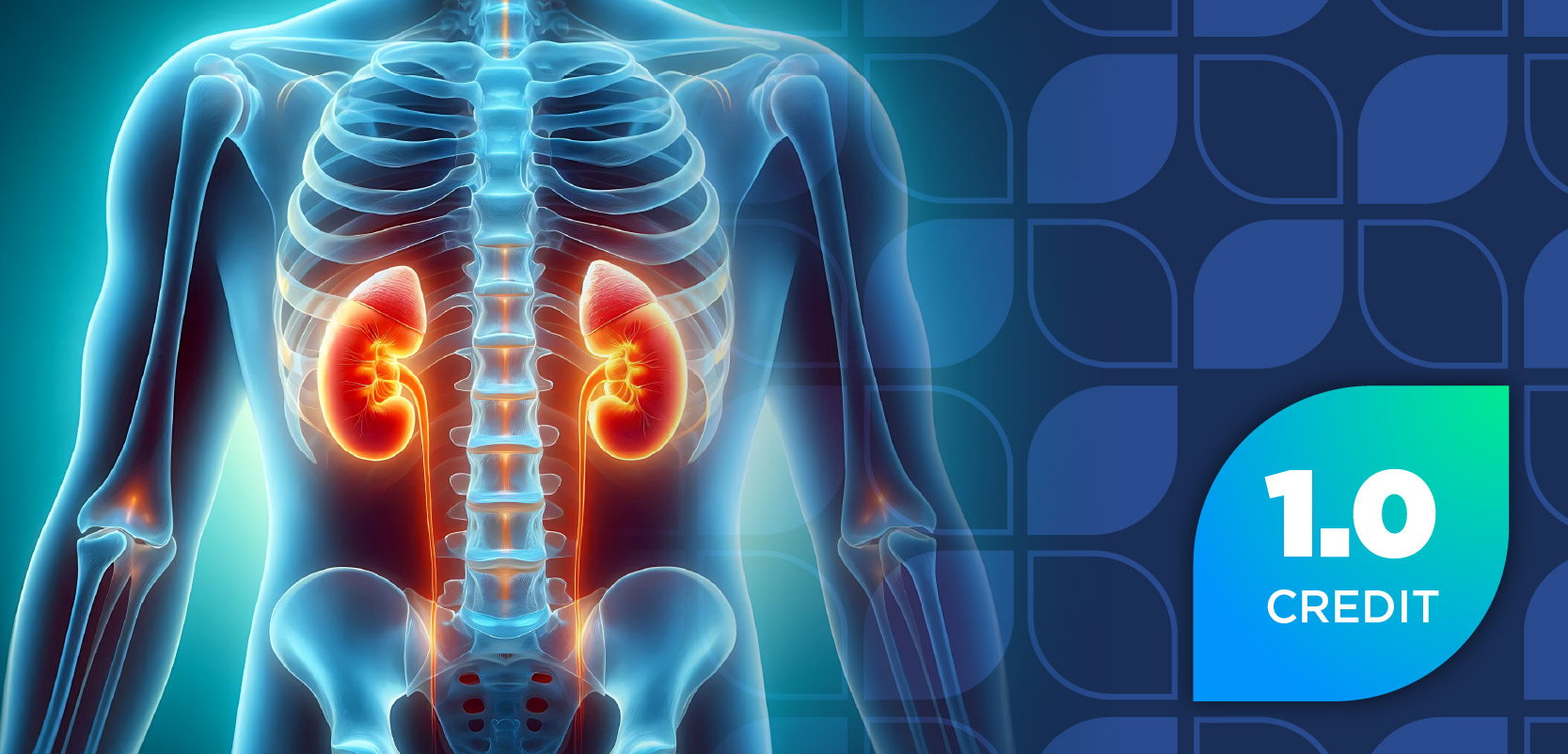
Botox Does Not Cure Common Forms of Neck Pain
Findings from a review of 9 trials do not support the use of Botulinum toxin as a stand-alone therapy for neck pain.
There is no evidence that Botulinum toxin injections reduce chronic neck pain or associated headaches, according to a review of 9 trials involving a total of 503 participants that was published in the latest update of
The Botulinum toxin (BoNT) operates by temporarily stopping muscles from contracting, which reduces muscle tightness or spasm. It is best known for its use in cosmetic treatments, where commercially available products such as Botox, Dysport, Xeomin, Myobloc or Neurobloc are used to reduce wrinkles. Effects begin within 3 to 8 days of an injection and may last up to 4 months. When the effect wears off, it can be repeated.
Having an injection of a very small volume of BoNT is not risk-free, however; patients may experience muscle tenderness or pain, weakness, or a general sense of being unwell. A few have anaphylactic reactions and there are reports that some patients have died.
“It’s always important to look carefully at evidence from clinical trials to see whether a treatment is more effective than a placebo, and this is particularly important when treatments have known adverse effects,” said the study’s spokesperson, Paul Michael Peloso, MD, MSc, who works as a director of clinical research at Merck in New Jersey.
Some of the trials specifically compared the effects of either giving the toxin or a placebo injection of saline to two different groups of people with neck pain. The researchers could see no difference between the two groups either at 4 weeks or 6 months. Similarly, adding BoNT to physiotherapy was no more effective than adding either an anaesthetic or saline.
“It is possible that BoNT did give some benefits that were not measured in the trials, or that it could help highly particular types of neck pain, but we would need some much more carefully conducted trials to reveal this,” Peloso noted in a
“Based on current evidence, we have no reason for supporting the use of BoNT as a stand-alone therapy for neck pain, but we do suggest that researchers consider further study to clarify whether the dose can be optimized for neck pain,” he said. The researchers also believe that trials should be run that look at other symptoms than pain, such as function, to see if there is any reason for believing that BoNT can provide some benefit.
Newsletter
Stay informed on drug updates, treatment guidelines, and pharmacy practice trends—subscribe to Pharmacy Times for weekly clinical insights.


















































































































































































































